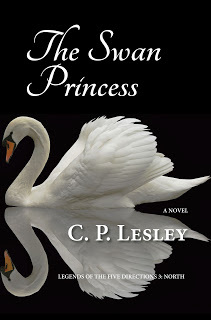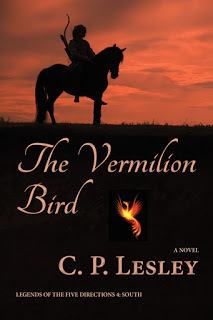date newest »
newest »
 newest »
newest »
message 1:
by
Bryn
(new)
Nov 06, 2015 03:51PM
 Troubling. My sales are next to non-existent, but they exist from B&N and Apple as much as Amazon. Paperbacks, the precious few that have been bought, as often from other stores (not that Amazon's CreateSpace lets me make any profit from them). I use Smashwords to distribute, as you may have heard me say (yes, I'm an unabashed fan). One plug for Smashwords: they deal with public libraries, and push in that area for fair prices to libraries and the requisite technology. I can never leave Smashwords myself: they distribute to high and low, to up-and-running shops and start-ups: as widely as possible, on principle.
Troubling. My sales are next to non-existent, but they exist from B&N and Apple as much as Amazon. Paperbacks, the precious few that have been bought, as often from other stores (not that Amazon's CreateSpace lets me make any profit from them). I use Smashwords to distribute, as you may have heard me say (yes, I'm an unabashed fan). One plug for Smashwords: they deal with public libraries, and push in that area for fair prices to libraries and the requisite technology. I can never leave Smashwords myself: they distribute to high and low, to up-and-running shops and start-ups: as widely as possible, on principle.
reply
|
flag
 Caroline, I'm disappointed! I see your point, but I HATE eReaders. Give me paper books any time. I'm sorry not to follow your series after the first two books, but until you decide to bring them out in paperback or hardcover....
Caroline, I'm disappointed! I see your point, but I HATE eReaders. Give me paper books any time. I'm sorry not to follow your series after the first two books, but until you decide to bring them out in paperback or hardcover....
 Oh, Jane, I love print books too! As a writer I want to make my books available in e-versions as well as print, but never fear: my books will always be published in paperback as well as e-formats. If nothing else, I love designing and typesetting print books. I wouldn't give that up for anything.
Oh, Jane, I love print books too! As a writer I want to make my books available in e-versions as well as print, but never fear: my books will always be published in paperback as well as e-formats. If nothing else, I love designing and typesetting print books. I wouldn't give that up for anything.This post is only about whether to publish e-books exclusively to Kindle or to Kindle and other e-formats (in addition to print). But 70% of book sales are still in print, and the proportion seems to be rising again after an initial drop-off, so print books will be around for a long time.
The Swan Princess will be available, in print and Kindle format, sometime in the spring of 2016. I'm just starting to plan The Vermilion Bird, so I doubt that one will come out before 2017.
 C.P. wrote: "Oh, Jane, I love print books too! As a writer I want to make my books available in e-versions as well as print, but never fear: my books will always be published in paperback as well as e-formats. ..."
C.P. wrote: "Oh, Jane, I love print books too! As a writer I want to make my books available in e-versions as well as print, but never fear: my books will always be published in paperback as well as e-formats. ..."Oh, I'm so glad, Caroline! My impression from your blog was that your books would be eReader-only from now on. I'm glad I concluded wrong.






